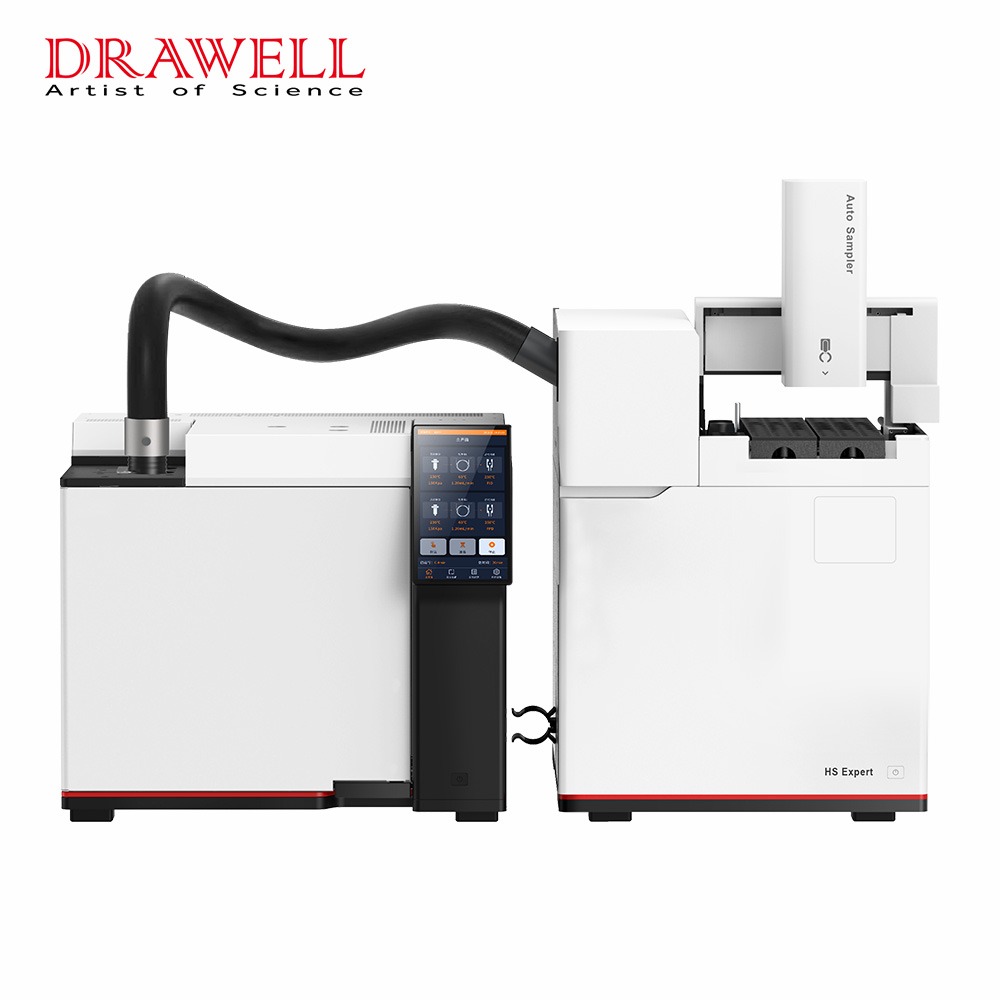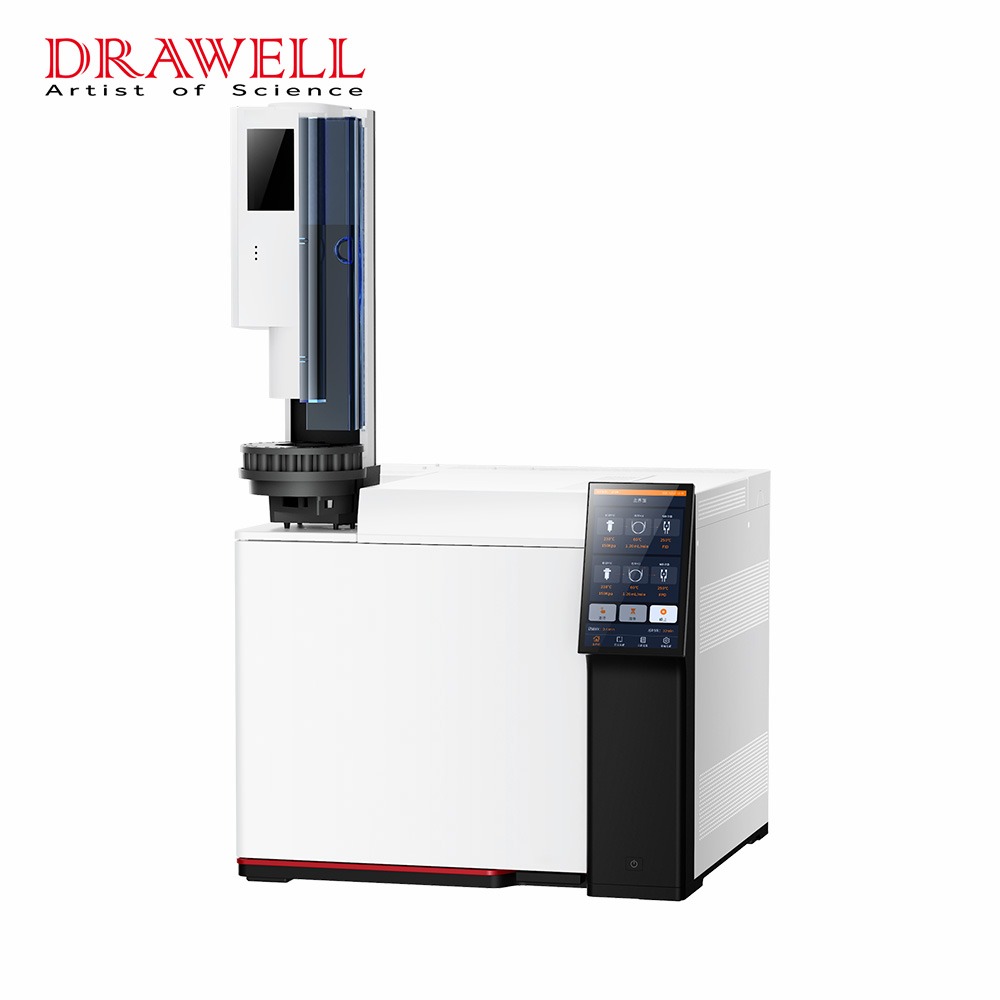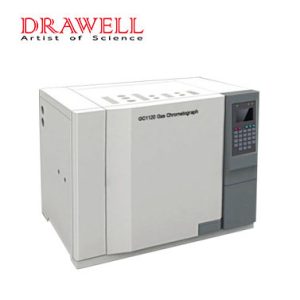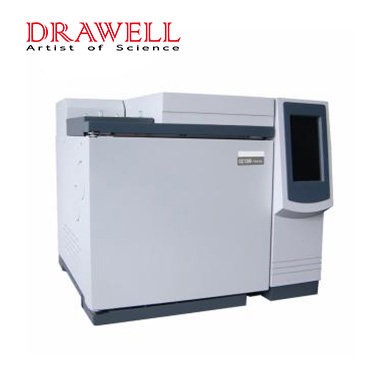Gas chromatography (GC)is a popular analytical technique for separating and analyzing volatile chemicals in a sample. The basic idea behind GC is that sample components are partitioned differently between a stationary phase and a mobile phase, which is commonly a carrier gas. The retention time, which refers to the time it takes for a molecule to cross the chromatographic column and elute from the detector, is a critical quantity in gas chromatography. In gas chromatography, several factors influence retention time, and understanding these parameters is critical for effective analysis and method development. In this article, we will explore what affects retention time in gas chromatography, focusing on the introduction of the importance of retention time in gas chromatography and the main factors that affect retention time in gas chromatography.
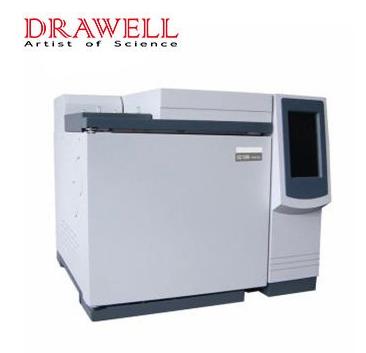
Why the Retention Time in Gas Chromatography Is Important?
Retention time is a critical element in the accurate interpretation and analysis of gas chromatography, allowing scientists to learn about the composition of complex materials.
- Compound Identification
In gas chromatography, retention time is used to characterize a chemical. It is possible to identify and confirm the presence of certain compounds in a sample by comparing the retention time of an unknown component to the retention times of known compounds or established standards. This is beneficial for qualitative analysis and compound identification.
- Compound Quantification
To determine the concentration or amount of a compound in a sample, the retention time of that compound is utilized in conjunction with the peak area or peak height of the chromatographic peak. Retention time is important in the precise measurement of target substances since it is calculated by integrating the chromatographic peak and computing the area under the curve.
- Method Development and Optimization
In the development and optimization of gas chromatography technologies, retention time is critical. Compound retention time can be manipulated by modifying chromatographic parameters such as stationary phase, temperature, carrier gas flow rate, and column length. This enables more efficient separation and analysis of target molecules, boosting the method’s selectivity and sensitivity.
- Comparison and Consistency
Retention time can be used to compare and match chromatograms from different samples or investigations. It ensures that the same molecule elutes at the same time in future runs, allowing for uniformity and reproducibility in analysis. This allows for consistent and dependable results throughout multiple analyses.
- Compound Elution Order
In gas chromatography, retention time also impacts chemical elution order. Shorter retention time compounds elute faster, while longer retention time compounds elute later. Understanding the elution order helps with chromatogram interpretation and provides insight into the separation and behavior of distinct chemicals within a mixture.
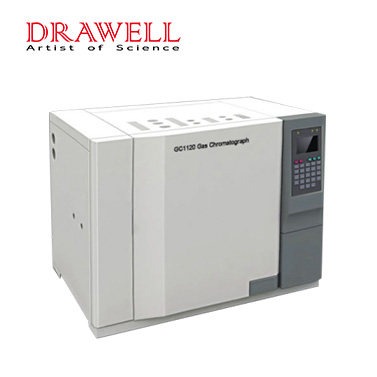
What Are the Main Factors Affecting Retention Time in Gas Chromatography?
- Choice of Stationary Phase
In gas chromatography, the stationary phase is critical for separating and keeping analytes. The selectivity of different stationary phases, such as packed columns or capillary columns, towards different chemicals varies. The interactions between the analytes and the column are influenced by factors such as polarity, surface area, and film thickness of the stationary phase, which affects retention time.
- Temperature
Temperature is an important parameter in gas chromatography because it effects analyte volatility and interactions with the stationary phase. Temperature increases the retention duration by increasing the volatility of the analytes and decreasing their interactions with the stationary phase. Reduced temperature, on the other hand, enhances retention duration by lowering volatility and facilitating stronger interactions.
- Carrier Gas Flow Rate
The retention time is affected by the flow rate of the carrier gas through the chromatographic column. Because the analytes spend less time interacting with the stationary phase at higher flow rates, the retention time decreases. Lower flow rates, on the other hand, increase retention time because analytes have more opportunity to interact and partition between the stationary and mobile phases.
- Molecular Properties of Analytes
Analytes’ chemical characteristics, such as molecular weight, polarity, and functional groups, have a substantial influence on their retention durations. Because of their higher interactions with polar stationary phases, polar compounds have longer retention periods. Non-polar molecules, on the other hand, elute faster because their interactions with the stationary phase are weaker. Compounds with a larger molecular weight have longer retention time.
- Column Length
The length of the chromatographic column impacts the retention time. Longer columns increase the path length, allowing for more interactions between the analytes and the stationary phase, resulting in longer retention times. Conversely, shorter columns decrease the path length and reduce retention times.
- Column Diameter
Retention time is also affected by the diameter of the chromatographic column. Smaller column diameters give a higher surface area for analyte-stationary phase interactions, resulting in longer retention durations. Larger column diameters, on the other hand, diminish surface area and thus retention times.
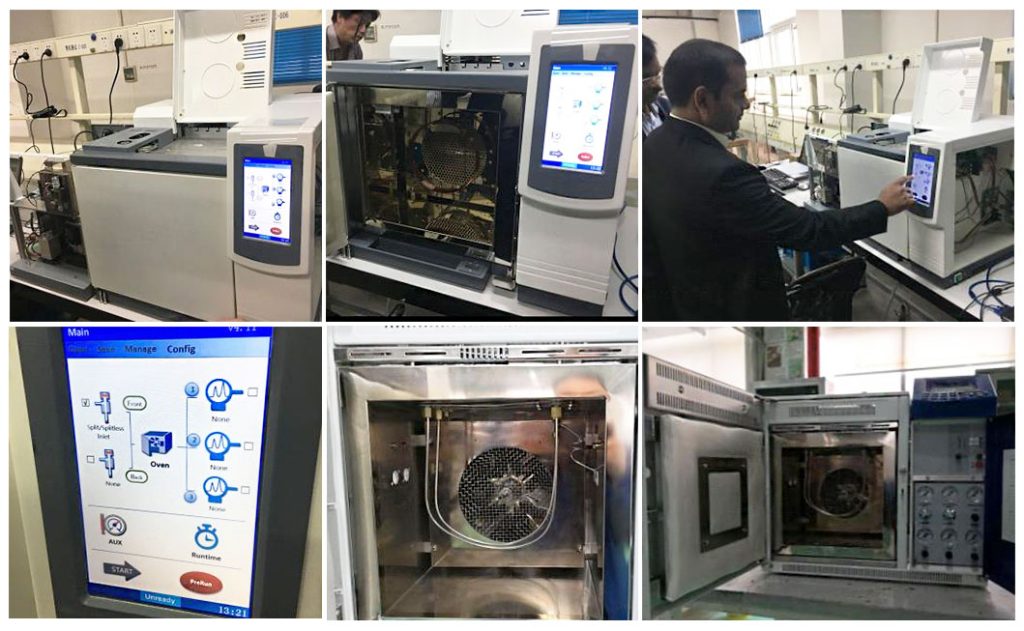
Summary
Retention time is an important parameter in gas chromatography since it helps with component identification and quantification. Understanding what influences retention time is critical for method creation, optimization, and proper analysis. When attempting to obtain the appropriate separation and retention time in gas chromatography, the choice of stationary phase, temperature, carrier gas flow rate, analyte molecular characteristics, column length, and diameter are all crucial elements to consider.

